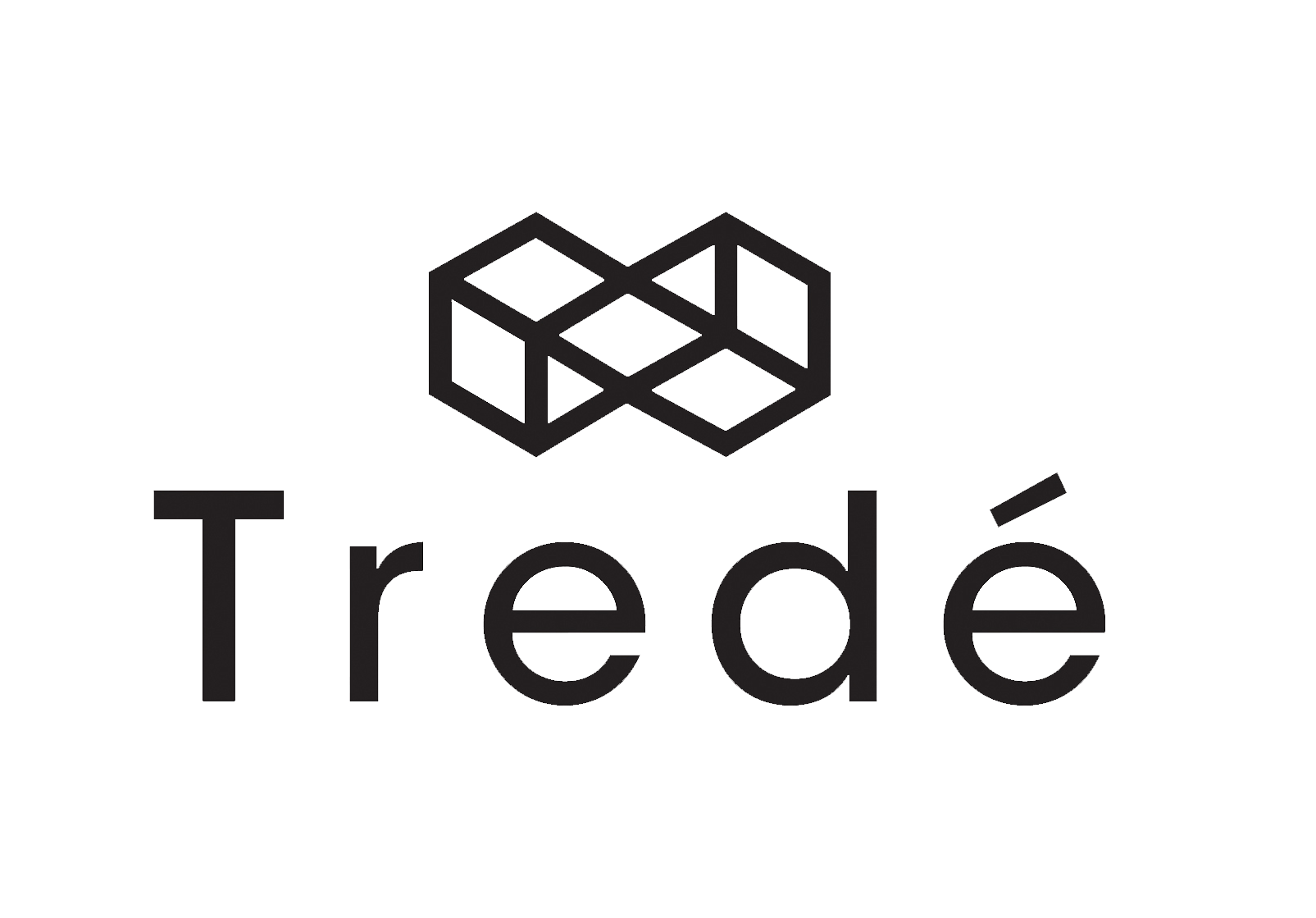What about a 3D printed industrial revolution?
Originally published in Pinshape’s blog as “When will 3d printing go mainstream?”
Let me start boldly: before a Third Industrial Revolution happens, a 3D printing education revolution must precede it. As desktop 3D printers become cheaper and 3D modeling software becomes easier, desktop 3D printing adoption will continue to grow. Yet, groundbreaking applications aren’t that common. The kind of applications that can push desktop 3D printing from hobbyists and printing novelty plastic trinkets to mainstream use.
The key reasons behind why 3D printing is among the most promising emerging technologies isn’t that straightforward. Access to desktop manufacturing questions the current way we design, manufacture and distribute every product we consume. Going from a product idea to a prototype in half a day cost-effectively is truly powerful and so is the capacity of customizing products and meeting low volume production hyper-locally. The ideas have been there for years but yet, only a few are exploiting them.
The reason it isn’t happening is because 3D printing education is too superficially amateur, skillcentric and nontheoric. We need to move beyond the traditional 3D modeling and 3D printing workshops — 3D printing should not be the topic but the means to. It should be the means to social entrepreneurship, to local product manufacturing that adjust and meet hyperlocal needs and demands. Traditional manufacturing will eventually face its real costs: environmental, laboral and transportational ones. As that happens, 3D printing will continue to evolve and eventually become the go-to manufacturing process of choice. It is already taking over customizable products such as hearing aid products, dental and several other medical applications.
We’re still not there, but in the meantime, the Third Industrial Revolution will spark through education. It is not only about offering a wider skill set to face future challenges, but improve analytical, mathematical and problem solving skills through heuristic reasoning, creativity and making. In the short run, working with 3D printers involve real life implementation of knowledge students often fail to understand the value of, such as mathematics, metrics, measurement conversions, physics, chemistry and engineering among others. Ultimately, 3D printing could become the mainstream go-to problem solving tool next-gen users will adopt and then, the third industrial revolution will become an historical fact.



